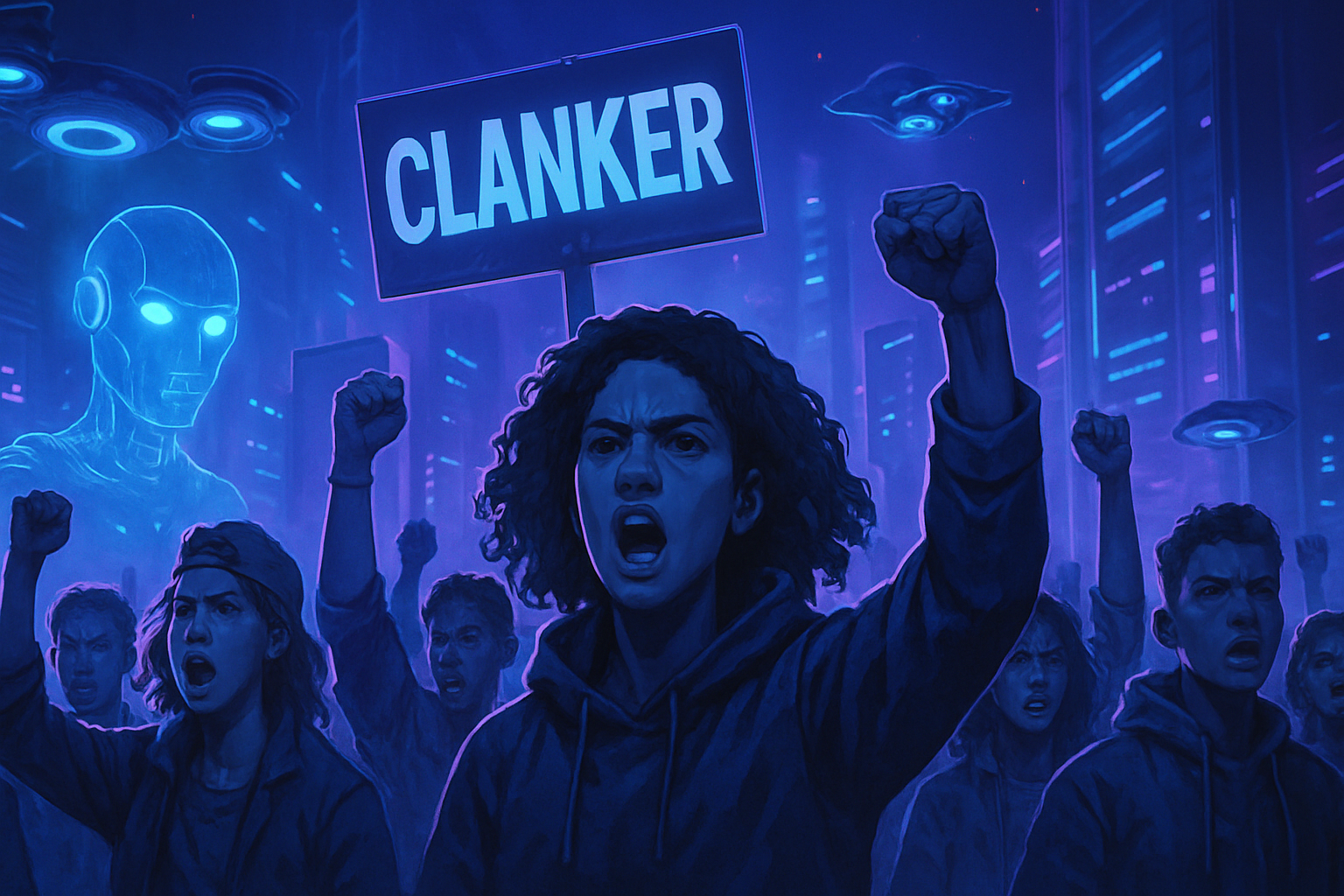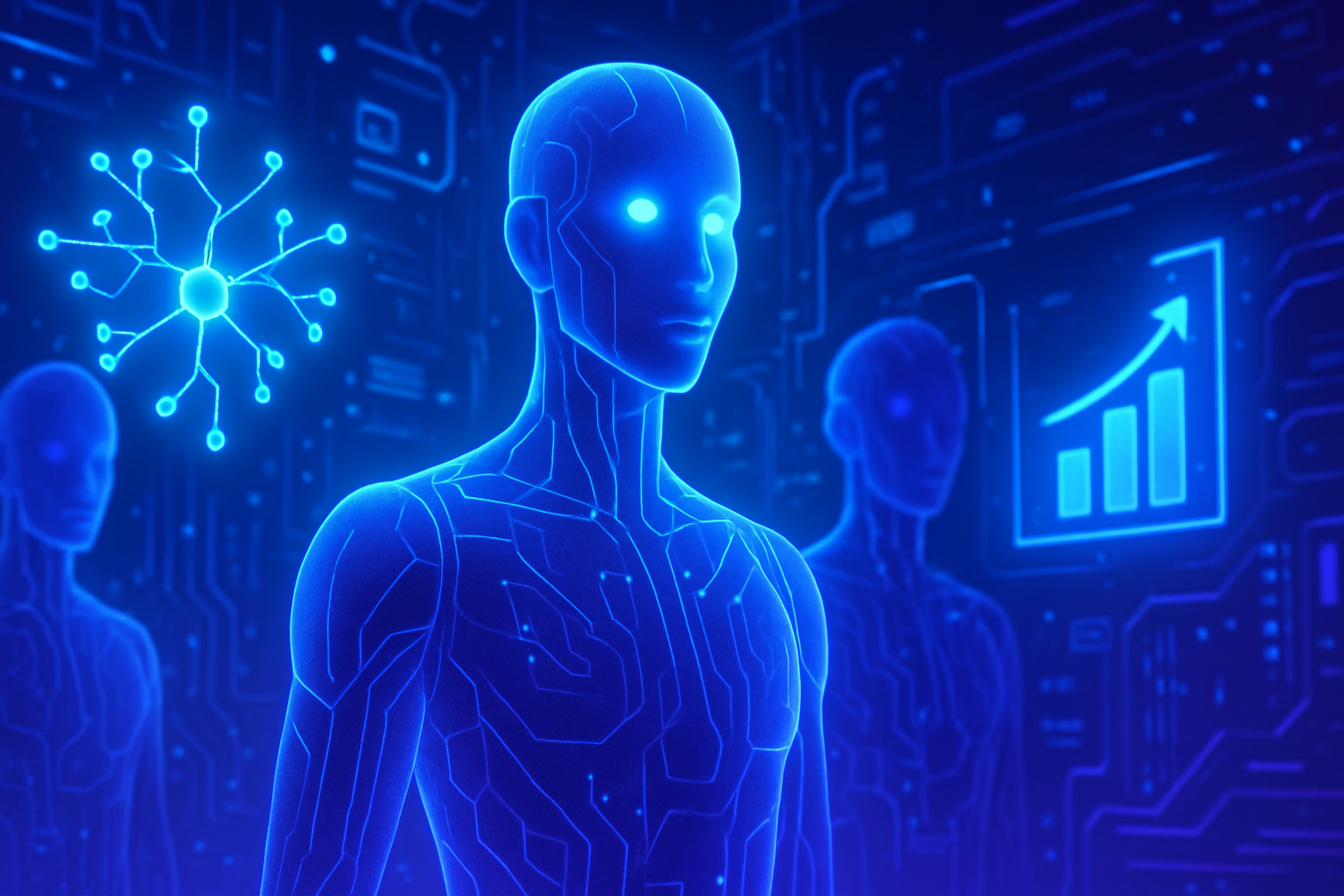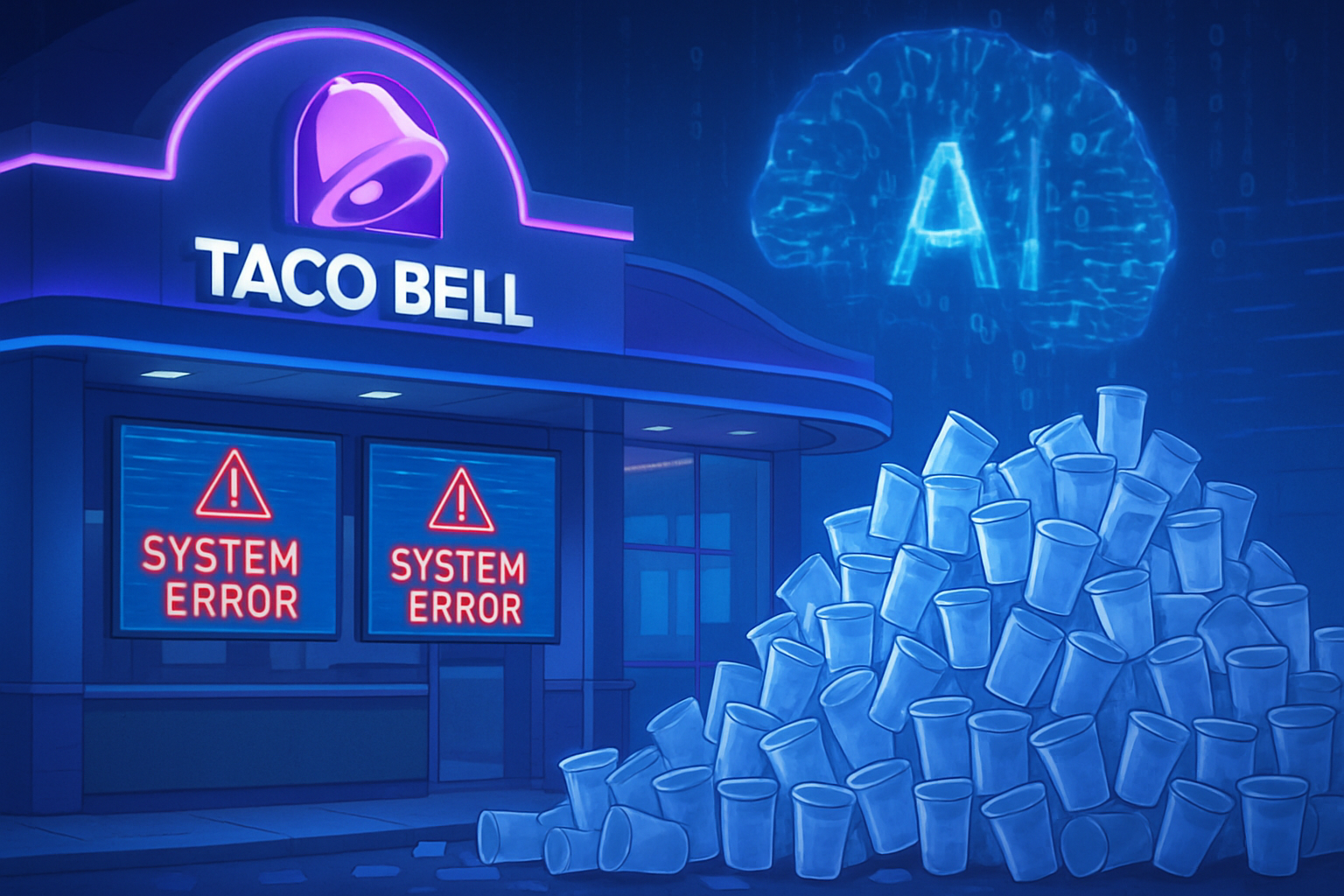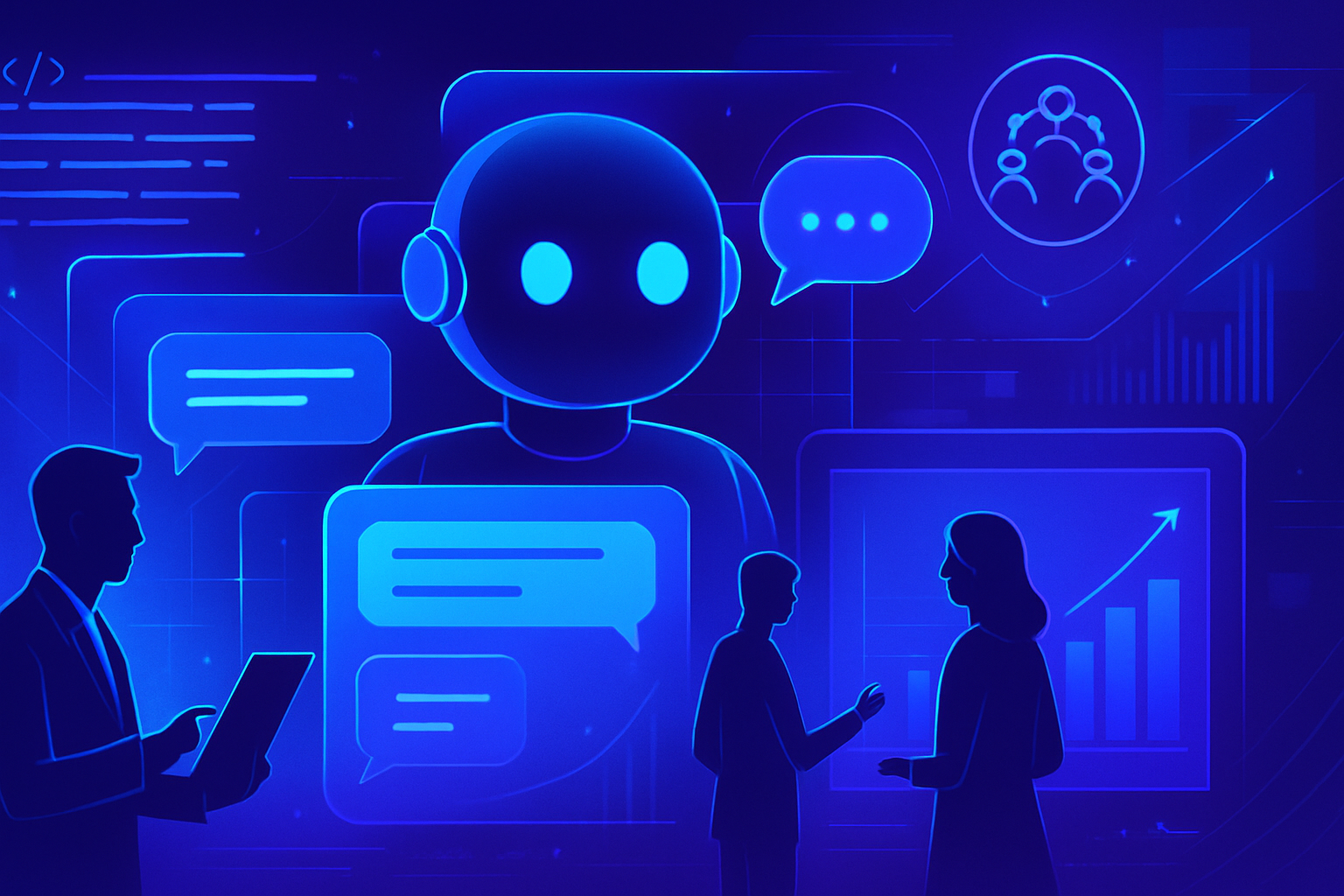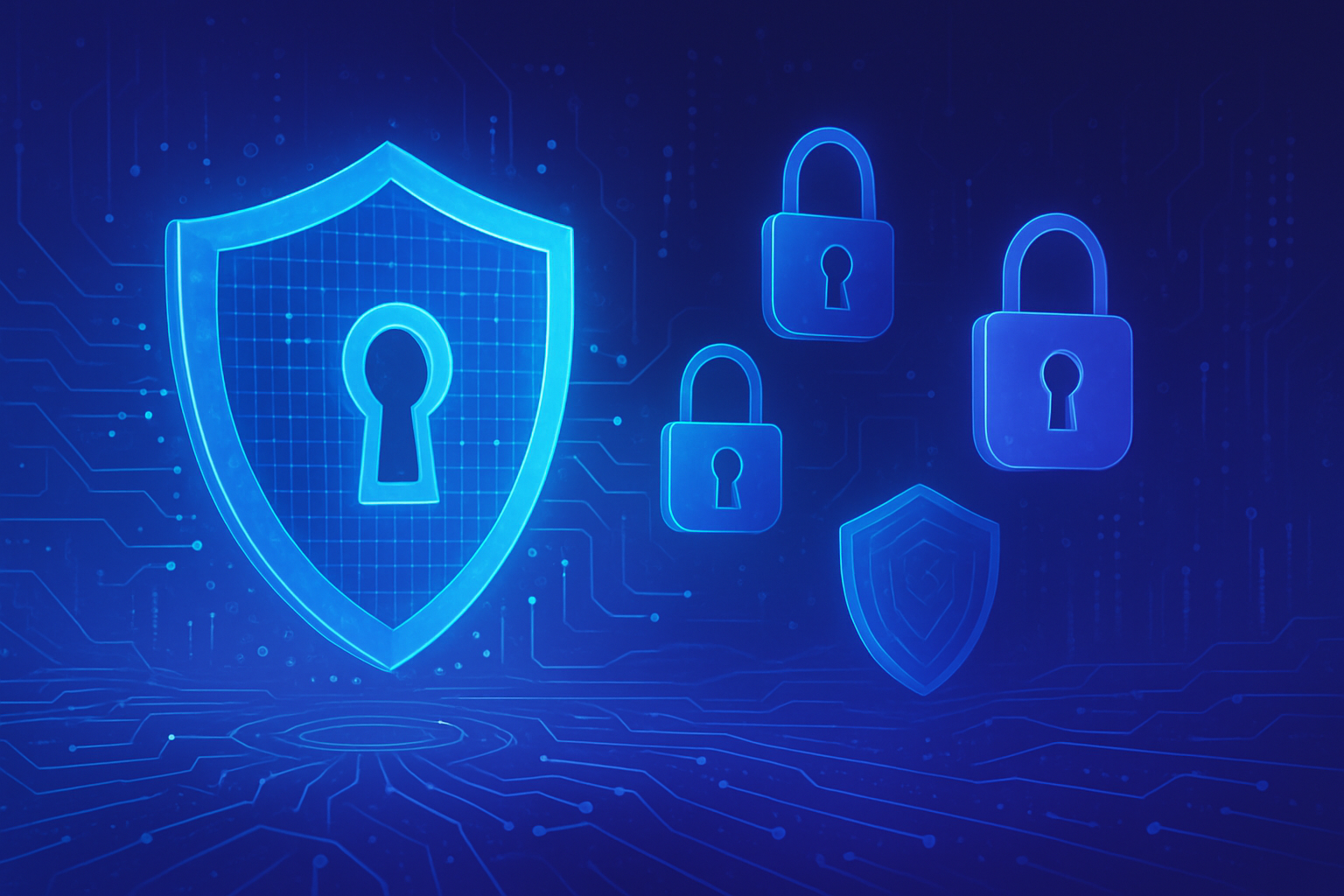The extent of the transformations caused by AI raises profound questions. The growing concern reveals alarming cracks within the cultural sector. Artists, creators, and institutions find themselves questioning their legitimacy and identity. The repercussions of these technological advancements transcend simple practical effects, touching the very essence of human work. The speed of this evolution undermines the traditional foundations of creation. The debate over intellectual property and artistic authenticity is intensifying, as new voices emerge each day to question the future of creativity in the face of this digital revolution.
A swift response from the cultural industry
The speed at which the cultural sector adjusts its practices in the face of artificial intelligence (AI) reflects a growing concern among creators. Recent incidents, where personalities like Muriel Robin have been victims of the abusive use of their image by AI, highlight the need for more rigorous legislation. The question arises: can artists protect their work against this invasive technology?
Consequences on creativity
The mere fact that images generated by AI imitate the style of renowned artists raises ethical and legal questions. For example, the use of Hayao Miyazaki’s graphic style without his consent illustrates the risk of dilution of individual creativity. Artists, whether famous or amateur, are concerned about the loss of their originality.
Discomfort facing deepfakes
Deepfakes, which allow for the creation of manipulated videos, underscore the extent of potential abuses. Recently, celebrities have been used to promote products without their approval. Comedian Robin is considering legal action, an emblematic decision that could raise awareness of an inadequate legal framework. The ramifications of these acts go beyond mere nuisance, severely affecting artists’ reputations.
A mistaken perception of AI
The public sometimes seems to view AI as a tool for artistic democratization, ignoring its detrimental consequences on copyright. Reflection is needed on the fact that, from an established artist to a simple creator, everyone leans towards an usage that erases the creator in favor of ease of access. This phenomenon can be seen as an inversion of the traditional values of artistic creation.
Reactions from authorities and creators
Discussions around the regulation of AI as a tool for artistic creation are plentiful. Emmanuel Macron and other political figures are committed to addressing these issues on an international scale, often in collaboration with other countries. The recent France-India summit on AI is a notable example, seeking to gather the necessary expertise to frame this dynamic. This search for a balance between innovation and protection becomes essential.
Critical voices and uncertain future
Criticism is pouring in from all sides. Artists are calling for a calm debate on the use of AI, placing the protection of creators’ rights at the heart of discussions. It is becoming increasingly clear that coordinated action is necessary to forge a future where innovation and respect for copyright coexist. Government entities and tech companies must closely collaborate to prevent the pitfalls associated with this technology.
Legislation in flux
Existing legislation has not yet evolved to match the realities of the digital world. The examples of abuses, such as those involving Taylor Swift or Tom Hanks, underscore an urgent need to reform and adapt intellectual property laws. In the absence of concrete measures, the threat of AI to cultural creations remains ever-present.
Frequently asked questions about the cultural sector’s response to artificial intelligence
What are the main concerns of the cultural sector regarding artificial intelligence?
The main concerns include plagiarism, copyright infringement, and the dilution of artistic value, exacerbated by cases of deepfakes and the unauthorized use of recognized artists’ work.
How does artificial intelligence affect artistic creation?
Artificial intelligence offers new tools for creation but raises concerns about originality and intellectual property, as generated works may imitate the style of artists without their consent.
What actions could the cultural sector take to protect itself against these threats?
Cultural sector players may consider strengthening intellectual property laws, educating the public about the issues related to AI, and developing technologies to trace the usage of their work.
Why is the cultural sector’s response so slow in the face of the emergence of AI?
The slowness of the response can be explained by the complexity of existing laws, the lack of specific regulation on the use of AI in art, and the need for professionals to adapt to constantly evolving technology.
What impacts does AI have on employment in the cultural sector?
AI is transforming the job market, with potentially automated routine tasks, but it also creates new opportunities for roles related to technology and copyright management.
Are artists in danger with the rise of artificial intelligence?
Yes, some artists feel a threat to their careers, fearing that AI will replace their creativity, but others see this as an opportunity to explore new styles and techniques.
Is the use of AI in artistic creation ethical?
The question of ethics depends on how AI is used, particularly if computer-generated art is created without the consent of the originals or if artists are fairly compensated for their work.
What is the consumer opinion on the use of AI in culture?
Consumer opinions vary; some appreciate the increased accessibility to culture thanks to AI, while others are concerned about the loss of the human touch and the authenticity of the artistic work.

